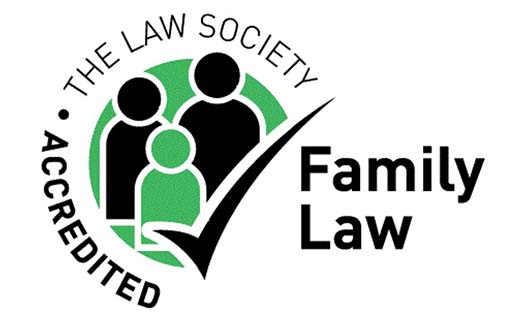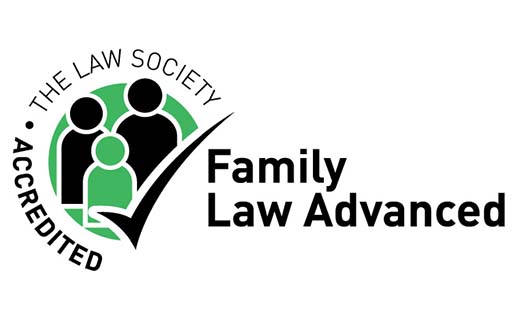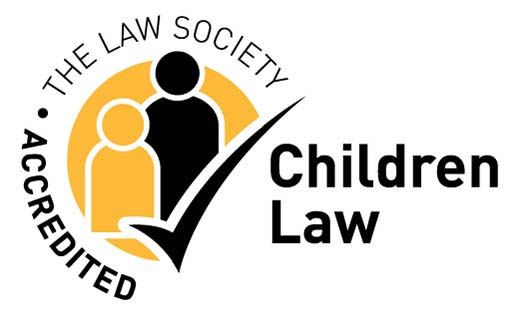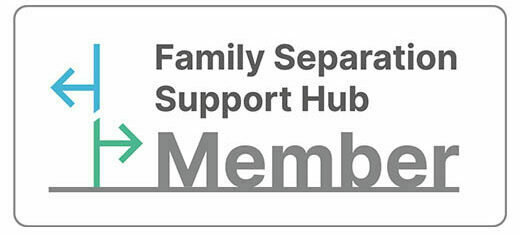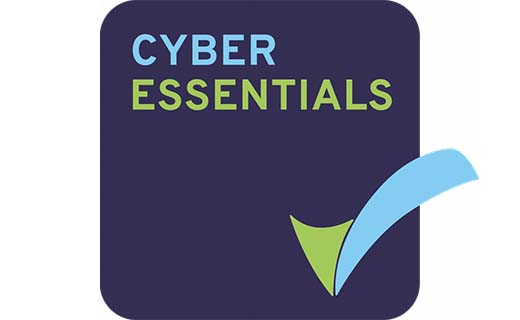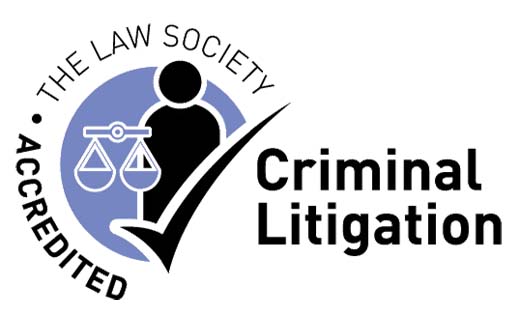If the local authority becomes involved with your family, many new terms will likely be used around you. If you haven’t had any prior interaction with social services, hearing words such as ‘Supervision Order’ or ‘Care Order’ used in reference to your children can be both upsetting and overwhelming.
Understanding what these terms mean and what they mean for your children can help to alleviate some of that fear. Having a clearer idea of the differences between the two terms will also allow you to engage with the process in a way that’s beneficial to your own mental health and the well-being of your family.
What is a Supervision Order? What is a Care Order?
Supervision Orders and Care Orders are both forms of court order which can be issued upon the conclusion of care proceedings in the family court. Both are issued under Section 31 (2) of the Children Act 1989 and arise because a local authority has initiated care proceedings in the family court due to concerns about the welfare or safety of a child.
Many families will naturally be afraid that their child will be taken away from the family home when social services become involved, but this isn’t always the case.
A Supervision Order requires the local authority to remain in contact with the child in order to “advise, assist and befriend” that child but doesn’t give them the right to place the child in a different home.
A Supervision Order will usually be granted for a period of six or 12 months and can be extended if required. During that time, the designated social worker will regularly visit the child to offer support and assistance. This will also involve supporting the wider family to make changes within the home to address the welfare issues that led to care proceedings being initiated.
A Care Order places the child under the care of the local authority and confers on it a share of Parental Responsibility.
During care proceedings, the court may choose to issue an Interim Care Order. This is a temporary measure that ensures the well-being of the child while investigations take place. It allows the local authority to assume a share of parental responsibility and can authorise a Local Authority to remove the child from the family home.
The Interim Care Order will be issued for a maximum period of eight weeks but may be extended until the care proceedings are completed.
What is the difference between a Supervision Order and a Child Protection Plan?
A Supervision Order is an order from the Court which places specific duties upon the Local Authority to “befriend, assist and support” the child. The social worker will also offer support to the family so that the welfare risks which led to care proceedings being initiated can be addressed and improved.
A Child Protection Plan is a document which is created after a Child Protection Conference. It’s a written plan which sets out how a child should be protected from significant risk or harm. The plan outlines why such a plan is necessary, the steps which should be taken to safeguard the child, support measures to be offered and what will happen if the plan isn’t followed.
A Child Protection Plan may precede a care order. If social services feel the plan isn’t working and the child is still at risk of harm, they may apply for a Care Order.
How does a Care Order differ from a Supervision Order, and what are their specific implications?
The main difference between a Care Order and a Supervision Order is the question of parental responsibility.
A Supervision Order allows social services to act in a supervisory capacity. It’s a temporary measure and all legal rights to the child, including decision-making, remain with the mother, father, or anyone else holding parental responsibility. A Supervision Order doesn’t permit the child to be removed from the family home.
A Care Order gives the local authority parental responsibility for the child. This allows the local authority to make decisions regarding the welfare and well-being of the child, including where and with whom the child should live. This means the local authority has the right to remove the child from the family home and place them in foster care, for example.
If your child is the subject of care proceedings, it’s important to obtain legal advice as soon as possible. You can speak to a National Legal Service family solicitor in confidence. Call or email us now.




